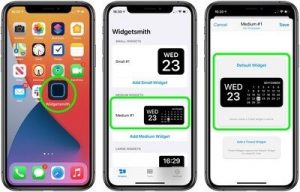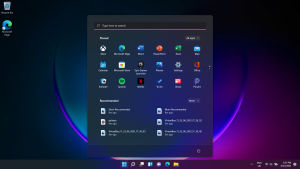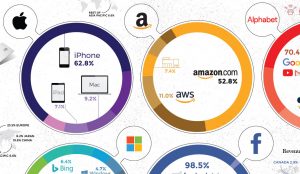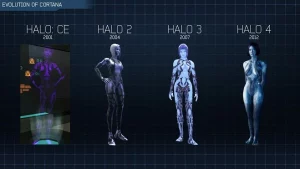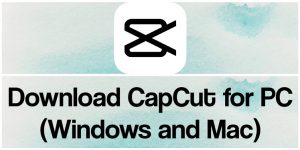
Computers provide a wealth of benefits for elders, but they can also be scary. To get started, use this checklist to figure out what to look for when purchasing a PC (Windows operating system) computer. (Do you have a Mac computer? (To learn more, go here.)
Follow these care and maintenance instructions after you’ve purchased your computer to extend its life. Here are some useful keyboard shortcuts for getting things done quickly in Windows to fill out your experience.
Buying a Computer Checklist
Consider what type of computer model would work best for you and the characteristics that are most important to you when purchasing your computer. Choose from the following styles:
A tower is a type of computer that has been around for a long time. A tower is a type of desktop computer that is kept on or near a table or desk due to its size.
Compact desktops are small computers that fit on your desktop and are the size of a shoebox. If you like a small but non-portable computer, look into a compact desktop.
All-in-one: An all-in-one computer is a type of desktop computer. All of the computer’s guts are contained within a casing within the display, allowing the complete computer to sit on your desk or table.
Laptop: A laptop is a portable computer that weighs between 2 and 8 pounds. The laptop includes a monitor, keyboard, and mouse (in the form of a flat touchpad).
Consider which of these aspects is most important to you, in addition to the model of your computer:
Memory: At least 4 gigabytes (GB) of RAM should be installed on your machine.
Processor: Today’s processors are mostly multi-core CPUs, such as Intel’s i3, i5, and i7 processor families. Dual-core processors are known as dual-core, quad-core processors are known as quad-core, and hexa-core processors are known as hexa-core. The bottom line with cores is that the more you have, the faster your computer can process instructions because each core may operate with multiple applications at the same time.
Battery life: If you’re looking for a laptop to use in situations where you won’t have access to electricity, such as on a plane or in a doctor’s waiting room, seek for a model with a longer battery life (some offer 10 hours or more).
Check the keyboard to see if it is comfortable for you.
Computer screens range in size from 9 inches on tiny laptops to 28 inches on desktop machines. A 15-inch monitor is adequate for most individuals, but if you work with high-resolution photographs or watch films, a larger screen may be more comfortable for you. To take advantage of all of Windows 10’s touchscreen features, consider purchasing a touchscreen.
CD/DVD drive: Computers may or may not include a CD or DVD drive. Consider using an external drive if a computer meets your needs in other ways but lacks a CD/DVD drive.
Hard drives have traditionally been used to store applications and data on computers. A solid state drive (SSD) is used in place of a hard disk drive in many computers (HDD). Solid-state drives provide a far faster access speed (how quickly your computer can retrieve data) than hard drives. Look for a computer with a solid-state drive if you require a computer that can handle data swiftly.
Wireless capability: Wireless capability is required to connect to some wireless devices and networks.
Software included: Some computers include software such as antivirus or productivity software such as Microsoft Office. Be warned that some software only provides a limited trial edition, after which you must pay to upgrade to the full version.
Check the warranty and technical support offered by the manufacturer. On the manufacturer’s website, look for useful documentation.
Graphics and sound cards: If you want to use multimedia or gaming applications, request more advanced sound and video features like a distinct graphics card or discrete sound card.
A webcam: If you’re using a service like Zoom or Google Meet to call your friends or grandchildren, having a built-in webcam to transmit video images while conversing is helpful. A camera is now standard on most computers, and it is situated immediately above the computer screen.
Tips for computer care and upkeep
To keep your computer in good shape, you’ll need to conduct some simple maintenance. Here are some tips to keep your computer safe and running smoothly:
Windows Firewall: Enable the Windows Firewall function to prevent dangerous code and viruses from being downloaded from the Internet to your computer. It’s most likely already on.
Antivirus software: To scan your computer and eliminate malware, you can use anti-malware software such as Windows Defender, which comes standard with all Windows machines, or a third-party security product such as McAfee.
Use System Restore: You can establish a System Restore Point to keep your current settings and revert to them if your machine starts to malfunction. This can happen after you install a new program or hardware driver.
Optimize your hard drive: Optimizing your hard drive moves data around so that all sections of each file are stored together; this reduces disk access time on typical hard disk drives by a small amount (HDDs). On solid-state drives, it’s useless (SSDs).
Battery life: If you have a laptop or tablet, you should be aware that all batteries eventually wear out, even your computer’s. Consider purchasing a replacement battery from the manufacturer if your battery isn’t holding a charge as well as it once did.
Disk Cleanup: To free up disk space on your hard drive, use the Disk Cleanup tool. This improves the performance of your machine.
Create a password for your Windows user account: By creating a password for your Windows user account, you can prevent others from accessing your files and personal information.
Protect your laptop from damage: If you have a laptop, you should buy a nice case to keep it safe when traveling. A screen protector, which is a thin sheet of plastic that you place across your screen to prevent scratches, may also be useful.
If your computer or laptop is in an area where other people are present, consider using a picture password, which is nearly impossible to crack. Also, because it’s so short and solely made up of numbers, choosing a pin rather than a password is definitely the least secure option.
Keyboard shortcuts in Windows
Use the following Applications keyboard shortcuts to perform basic tasks quickly and easily, such as cutting and pasting text or opening frequently used windows. (Alternatively, see Mac keyboard shortcuts.)
| Key or Keystroke Combination | Effect |
| Ctrl+X | Cuts the selected text or object |
| Ctrl+C | Copies the selected text or object |
| Ctrl+V | Pastes copied or cut text or object |
| Ctrl+Z | Undoes the previous action |
| Alt+Tab | Switches between currently open app |
| Windows Key | Displays the Start menu |
| Win+S | Opens the Search pane |
| Win+I | Displays the Settings window |
| Win+L | Displays the Lock screen |
| Win+A | Displays the Action Center |
| Win+E | Displays File Explorer |
| Win+Tab | Displays Task View |
